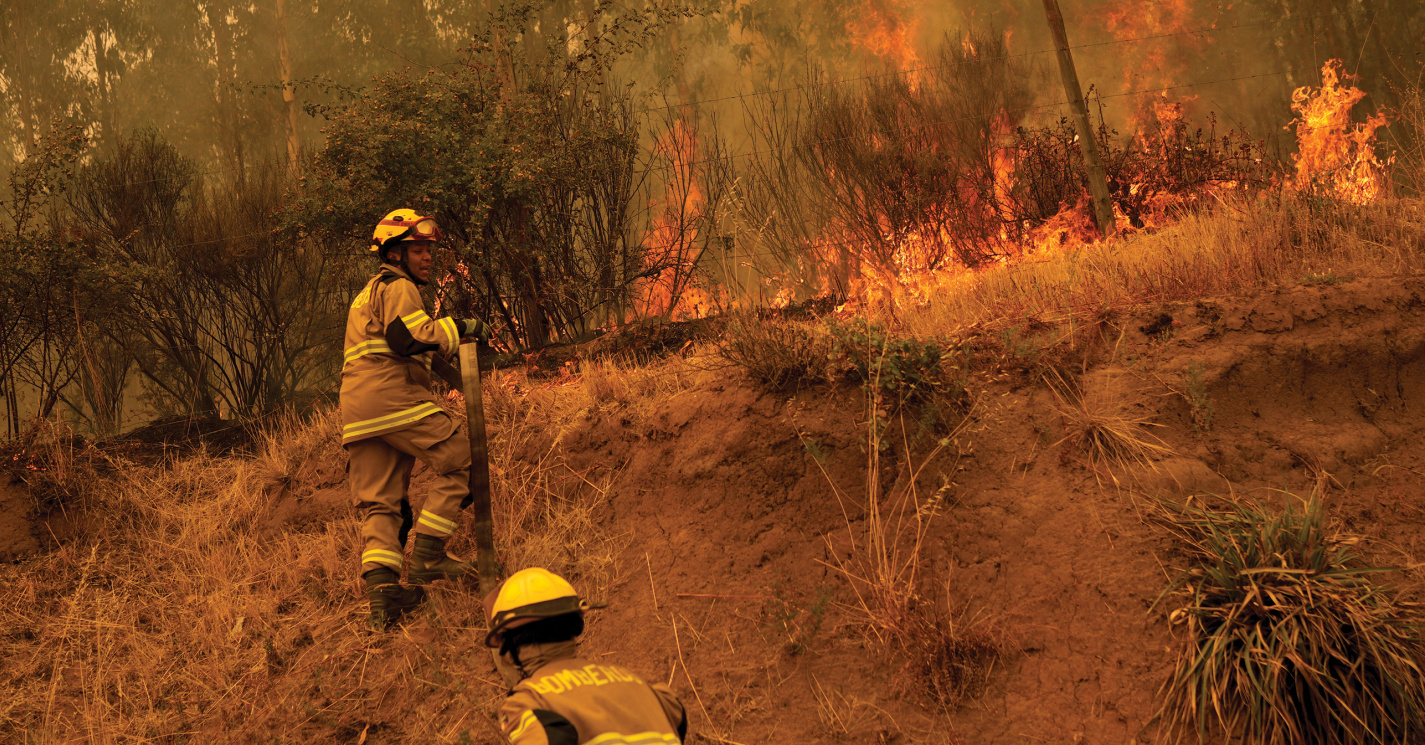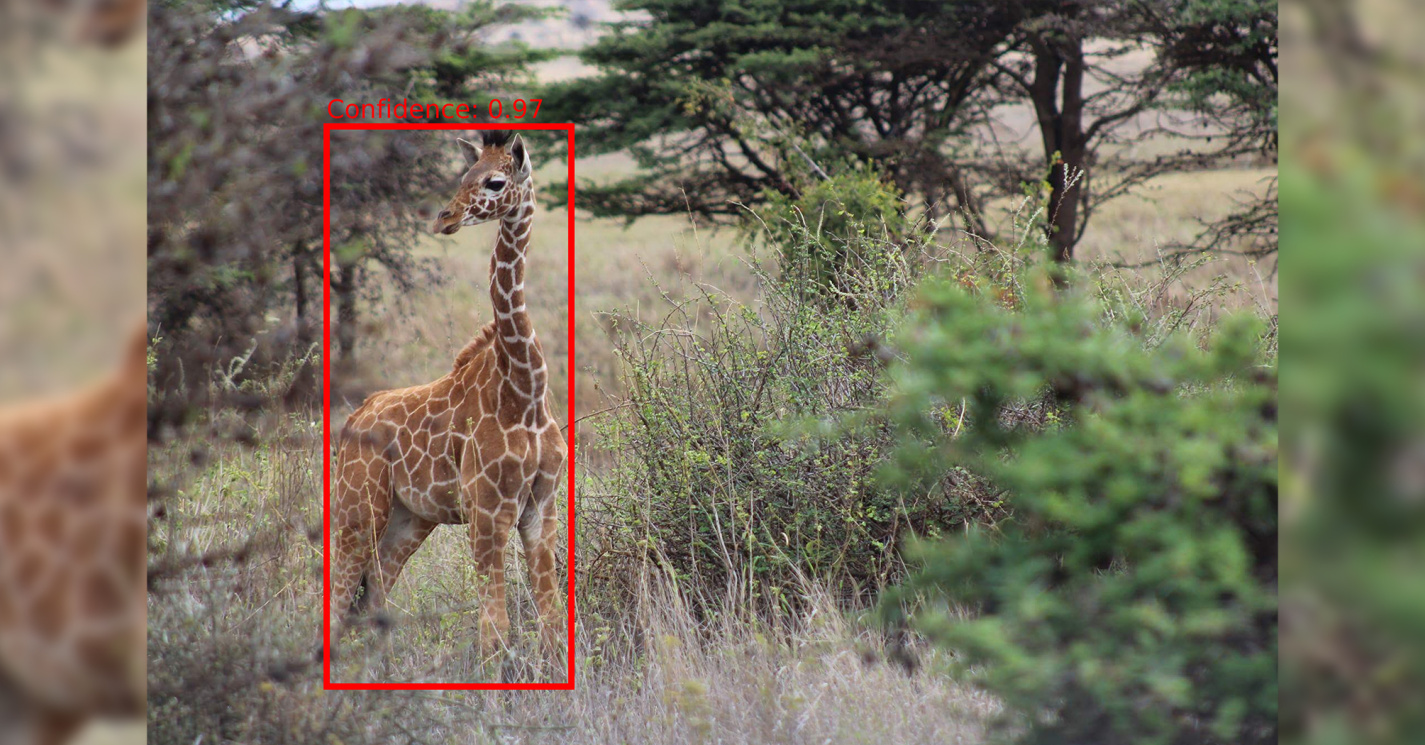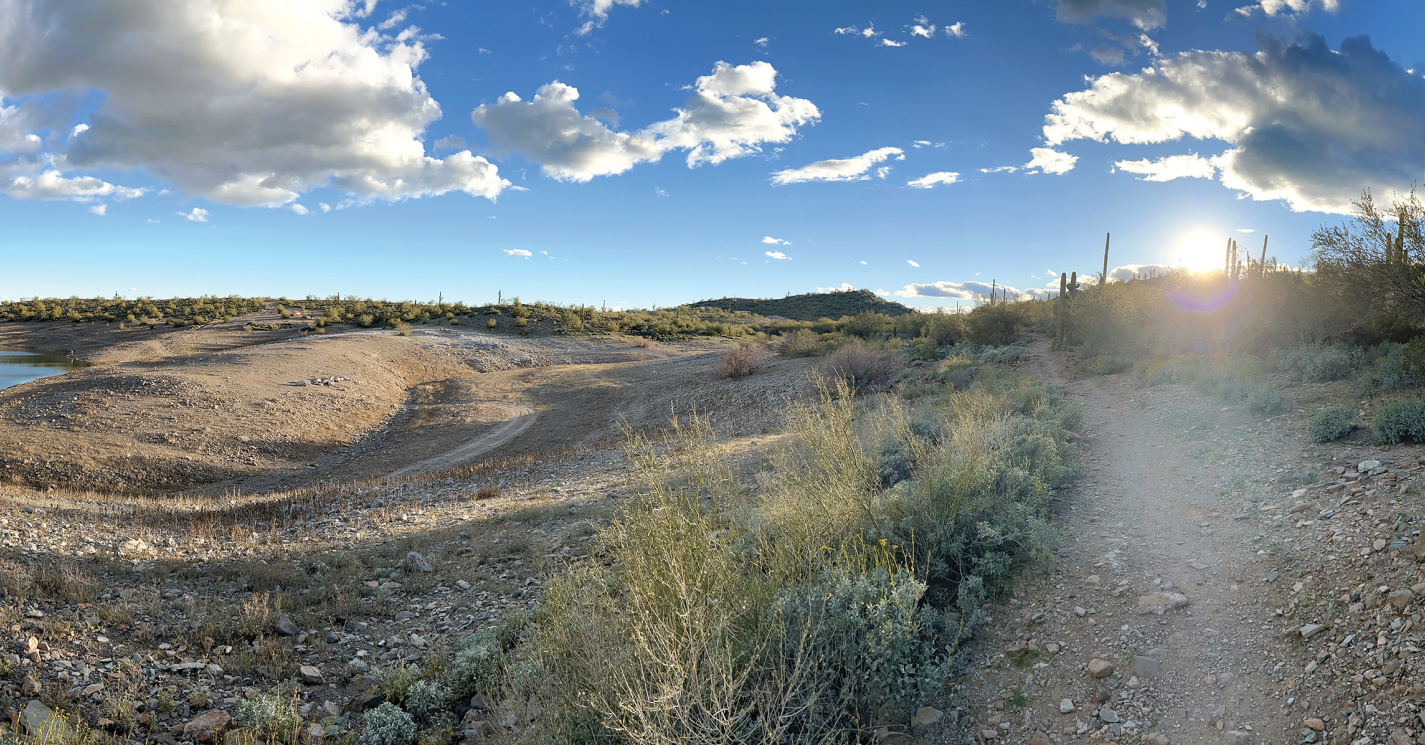University of Michigan School for Environment and Sustainability (SEAS) Visiting Associate Professor Cedric Taylor is a sociologist and documentary filmmaker who focuses on racial health disparities, environmental justice and visual sociology. He is the director and co-producer of “Nor Any Drop to Drink: Flint’s Water Crisis.”
What got you interested in using film and visual media as a means of bringing wider attention to racism and environmental justice?
When I graduated from the University of the West Indies, I knew that sociological thinking and approaches had the capacity to reform, if not revolutionize. I wanted my work to inform public debate and shape policy around social justice issues. I long had a passion for film, but it was at Michigan State University that I began to develop an appreciation for how visual sociology and, more particularly, documentary film could be part of a more “public-facing” sociology. When the Flint water crisis began to emerge in the public consciousness, I felt that a documentary film produced with a sociological sensibility would be important. I wanted to produce a film that emphasized social, economic and racial context rather than mere sensationalist aspects of the water crisis. A sociological approach could illuminate the environmental injustice and the systemic and structural nature of racism at play in the crisis, but documentary film could make these concepts real to a non-academic public.
You’re working on a documentary about COVID in the Latina community. What can you tell us about it?
Most of us feel like we have a pretty decent understanding of the Flint water crisis. But the film “La Placita” might challenge what we think we know, at least somewhat. It highlights the stories of Mexican immigrant women who attend English as a Second Language classes in the attic of a church in Flint. Stories are shared (mostly in Spanish) about their coming to America and the structural challenges they face, particularly in the context of the Flint water crisis. For example, many families learned that the water was contaminated several months after everyone else in the city. Some families heard about the poisoned water only after being informed by their relatives back in Mexico. The documentary is being done in collaboration with the Genesee County Hispanic Latino Collaborative, ACE Community Health and Emily Feuerherm of U-M Flint. It hopefully will be completed in Summer 2024.
What are students learning and doing in your documentary film course?
The course uses the Benton Harbor water crisis as a case study, which provides hard lessons about the impact of racism, aging infrastructure, depopulation and deindustrialization. The documentary also highlights the activism among predominantly Black and poor citizens who have been historically counted out. SEAS and PitE students are being introduced to various aspects of documentary filmmaking. Finding and developing a story, interviewing, cinematography, lighting, sound, editing and navigating ethical issues are all part of the curriculum. They are engaging with a Benton Harbor community that is excited that U-M cares about what happened to them. As a class, we try to make our way down to Benton Harbor about twice a semester. I anticipate that “A Benton Harbor Story” will be completed in Spring 2024. However, completing a quality film, on time, will require funding, particularly for travel expenses, sound design, music licensing and production roles that students can’t cover. I also see this project as a template where SEAS partners with communities to tell environmental stories. But establishing a sustainable model for future projects also will require significant funding to cover production costs.
You recently became an American citizen— congratulations! How does being Jamaican influence your work?
Thank you! I’m thankful and proud when I look back at a journey that wasn’t easy. It could have turned out differently. I’m really lucky. My Jamaican background, of course, has influenced my work significantly in a few ways. First off, there is a strong tradition of storytelling in Jamaica. The stories you hear growing up are the currency of our collective experience and are repositories of generational wisdom. Throughout colonialism and post-independence, stories have played a role in our understanding of ourselves as Jamaicans. There is power in storytelling because it, among other things, can validate and heal. It was also in Jamaica that I first saw how documentary film could be a great vehicle for storytelling. “Life and Debt” (2001), directed by Stephanie Black, focused on the impact of globalization and austerity policies imposed on Jamaica. I grew up hearing the International Monetary Fund and World Bank being discussed around the dinner table. I had some awareness that our lives were being impacted by decisions by these entities. But it wasn’t until I watched “Life and Debt” as a student at the University of the West Indies that it all came together for me. That film made me fall in love with documentary film as an art form. To this day, if you were to watch that film and then watch what I have produced, you can see the influence.





